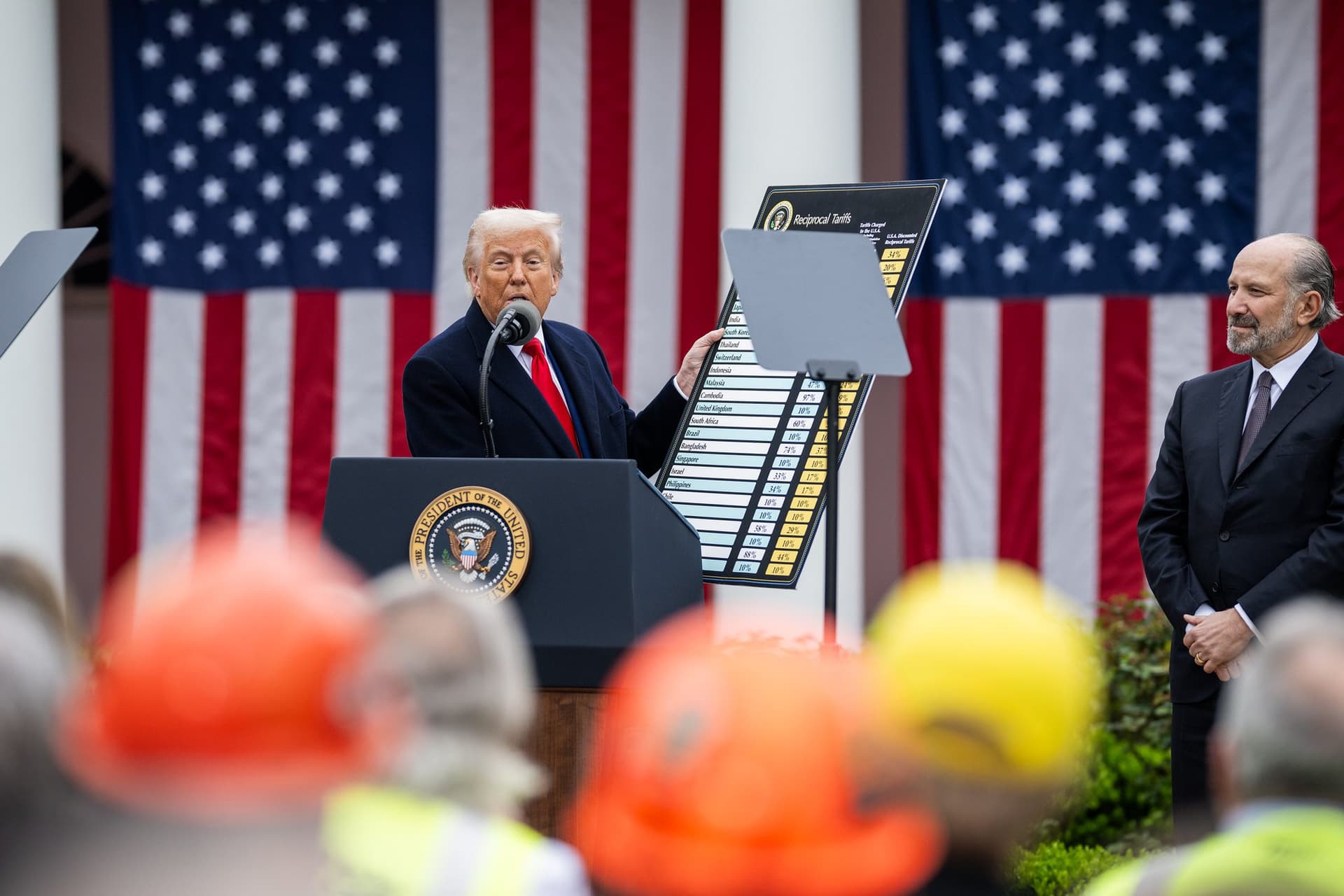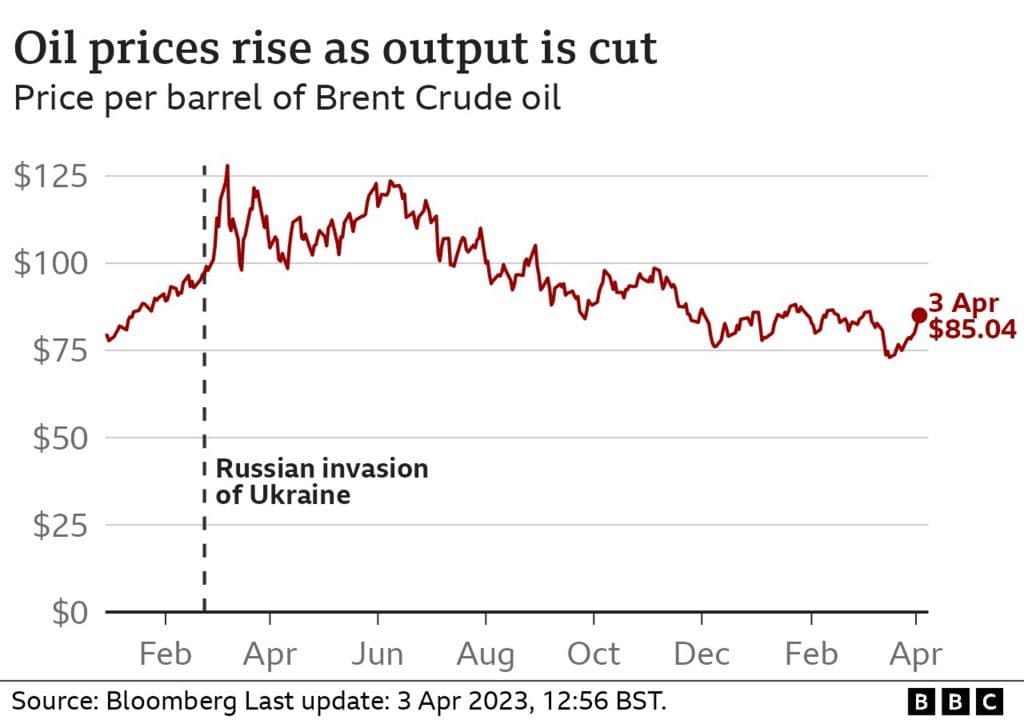CBO Says Trump Tariffs Cut Deficits by Three Trillion, Revision Lowers Forecast
The nonpartisan Congressional Budget Office on November 20 updated its estimate, saying tariffs imposed by the Trump administration would reduce U.S. deficits by about $3 trillion over 11 years if kept through 2035. The revision trims roughly $1 trillion from an August projection, a shift that matters to markets, lawmakers, and households because it alters borrowing needs while leaving legal and economic risks unresolved.

The Congressional Budget Office revised downward its projection of the fiscal benefit from the Trump administration’s tariffs, saying on November 20 that the measures would lower federal deficits by about $3 trillion over an 11 year window if maintained through 2035. That figure is roughly $1 trillion less than the CBO’s August estimate of $4 trillion, reflecting new data and recent policy adjustments the agency said it had incorporated into its modeling.
The CBO broke the $3 trillion figure into two components. It estimated primary deficit reduction of about $2.5 trillion stemming from higher tariff receipts and narrower trade deficits, and it attributed approximately $500 billion in additional savings to lower government borrowing costs as the need to issue Treasury securities declined. The tariffs in question were imposed between January 6 and November 15 of this year, and the CBO framed its calculation on the assumption that the measures would remain in place through 2035.
The revision underscores the fiscal arithmetic that turns trade policy into a source of government revenue. Tariffs, unlike ordinary taxes, fall directly on imports and can boost receipts quickly. But the CBO’s updated estimate also signals limits and uncertainty. The agency noted ongoing legal and constitutional challenges to the administration’s trade actions, a caveat that could dampen the durability of revenue flows if court rulings force rollbacks or narrow enforcement.
Economists and market participants must weigh those fiscal gains against broader economic costs that the CBO’s topline numbers do not capture in full. Tariffs tend to raise prices for consumers and firms that rely on imported intermediate goods, shifting costs into household budgets and corporate margins. They can invite retaliatory measures from trading partners, disrupting exports and global supply chains. Those second order effects could slow growth and, over time, erode tax bases that underpin deficit calculations.
For financial markets, the CBO’s new forecast has competing implications. Lower projected deficits and reduced Treasury issuance would be supportive for bond prices and could ease upward pressure on yields, consistent with the $500 billion savings in borrowing costs the CBO identified. At the same time, the prospect of higher consumer prices and trade tensions increases economic uncertainty, which can drive volatility across equities and credit markets and complicate policy responses by the Federal Reserve.
Policy makers face a choice about whether to treat tariffs as a durable fiscal instrument or a temporary lever with unpredictable economic side effects. The CBO update provides a revised baseline for budget planning, but the agency’s explicit mention of legal challenges and the role of subsequent administrative adjustments highlights how contingent the savings are. Over the longer term, the episode poses questions about the trade offs between near term fiscal benefits and potential costs to growth, consumer welfare, and the international trading system that will shape debates in Congress and the courts.

